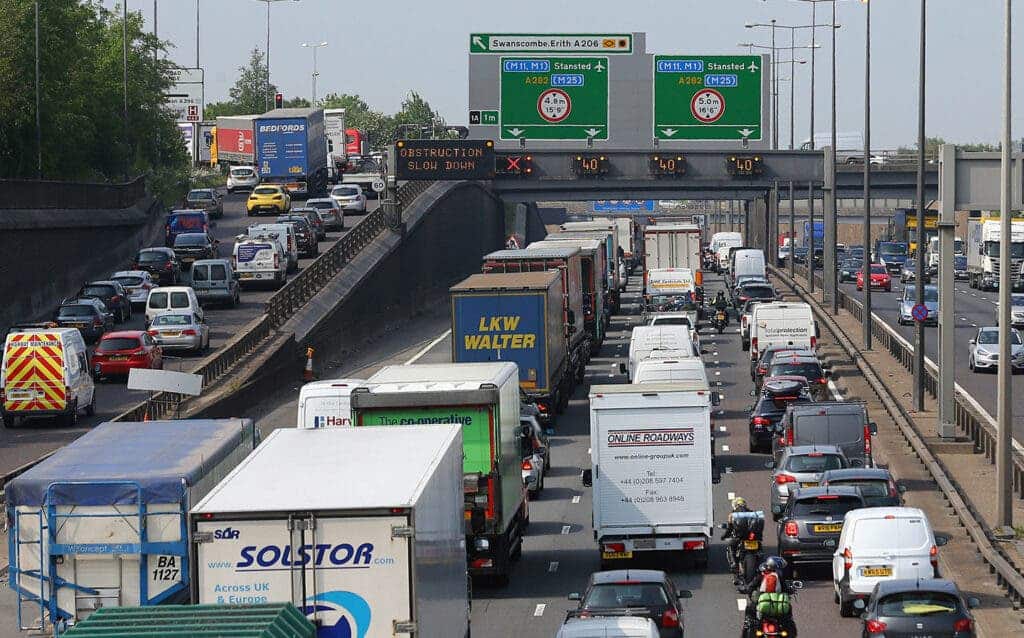Although traffic levels are returning to normal, air pollution is 30% lower than expected in towns and cities in the United Kingdom, according to a new report. This is likely explained by a smoother flowing of traffic and changes in commuting behavior, the researchers argued.

Air pollution is widely recognized as a threat to both public health and economic progress. The World Health Organization (WHO) estimates that 4.2 million deaths annually can be attributed to outdoor fine particulate matter air pollution, caused by many emission sources such as transportation and energy production.
A team of researchers at the University of York looked at more than 100 roadside sites across the UK and found that nitrogen dioxide (NO2) pollution levels were 30% below normal on July 1. At the peak of the coronavirus crisis, pollution levels were 56% lower than normal nationwide, the study found.
This is despite there’s now a similar number of vehicles on the roads as there was before lockdown. For instance, heavy goods vehicle traffic (HGV) is at 95% of its normal levels, while vans are at 90% and personal cars are at 75%. But the small reduction is actually enough to cut congestion and pollution.
“It seems that while traffic levels look like they have mostly returned to normal, concentrations of some air pollutants are still quite a lot lower than expected. We think the reason is that congestion has not fully returned, and this has quite a large effect on emissions and hence concentrations,” David Carslaw, who led the analysis, said in a statement.
A lesson for urban planners even beyond the coronavirus pandemic
The researchers argue that the findings could help cities across the globe to improve the way they tackle air pollution. This is particularly important during the pandemic, considering the growing evidence that polluted air could make the novel coronavirus more deadly.
Nitrogen dioxide is mainly emitted by diesel vehicles and has been at dangerous levels in most urban areas in the UK since 2010. It is responsible for an estimated 23,500 early deaths every year in the country. During the lockdown, traffic levels fell to levels last seen in 1995, leading to a drop of NO2.
Different types of vehicles emit different levels of pollution. For example, HGVs have stricter regulations so they emit less pollution than diesel cars. This could indicate that less car traffic is behind lower pollution levels. But, according to Carslaw, less congestion was likely the reason for the drop in NO2 levels.
“Everyone would appreciate improved air quality and this suggests we don’t need such savage reductions in road traffic as seen during lockdown to achieve that. If you can reduce traffic by 10-20% and remove a lot of the congestion, that may have a disproportionate effect on the emissions,” said Carslaw.
Advisers to the UK government said last week that air pollution was likely to be increasing the number and severity of COVID-19 infections. This followed calls from lawmakers for action and a warning that the government had a legal obligation to urgently review its air quality strategy.
But the problem is actually much broader than just the UK. More than half of the world’s population is living with growing levels of air pollution that are affecting their health every day, a concerning study reported in June. Sub-Saharan Africa and Southeast Asia are among the regions with the largest increases.


